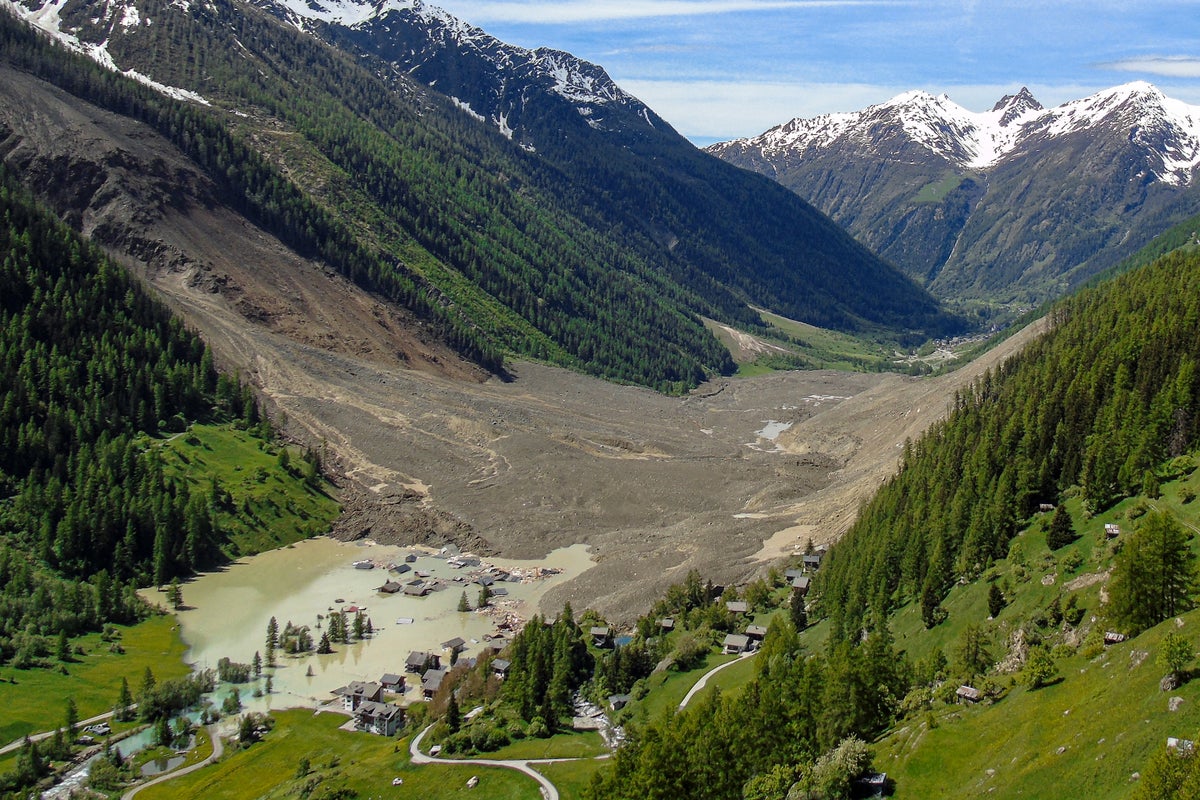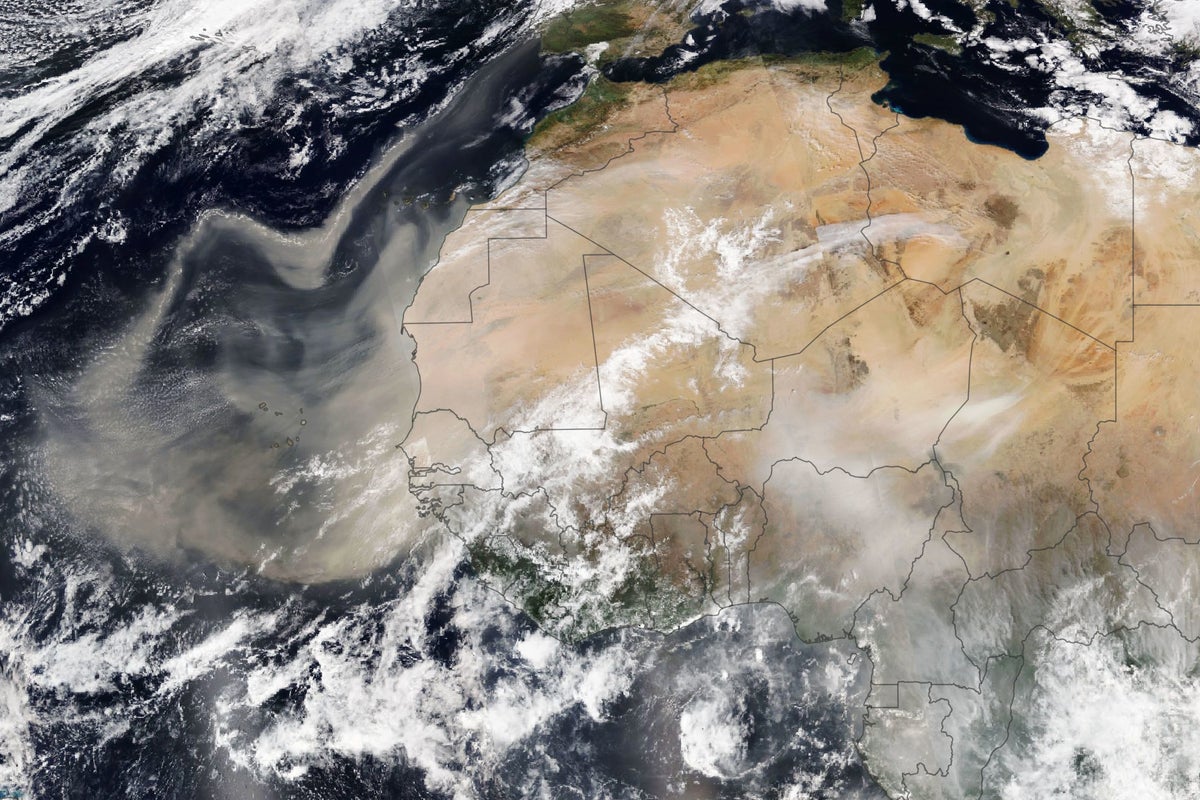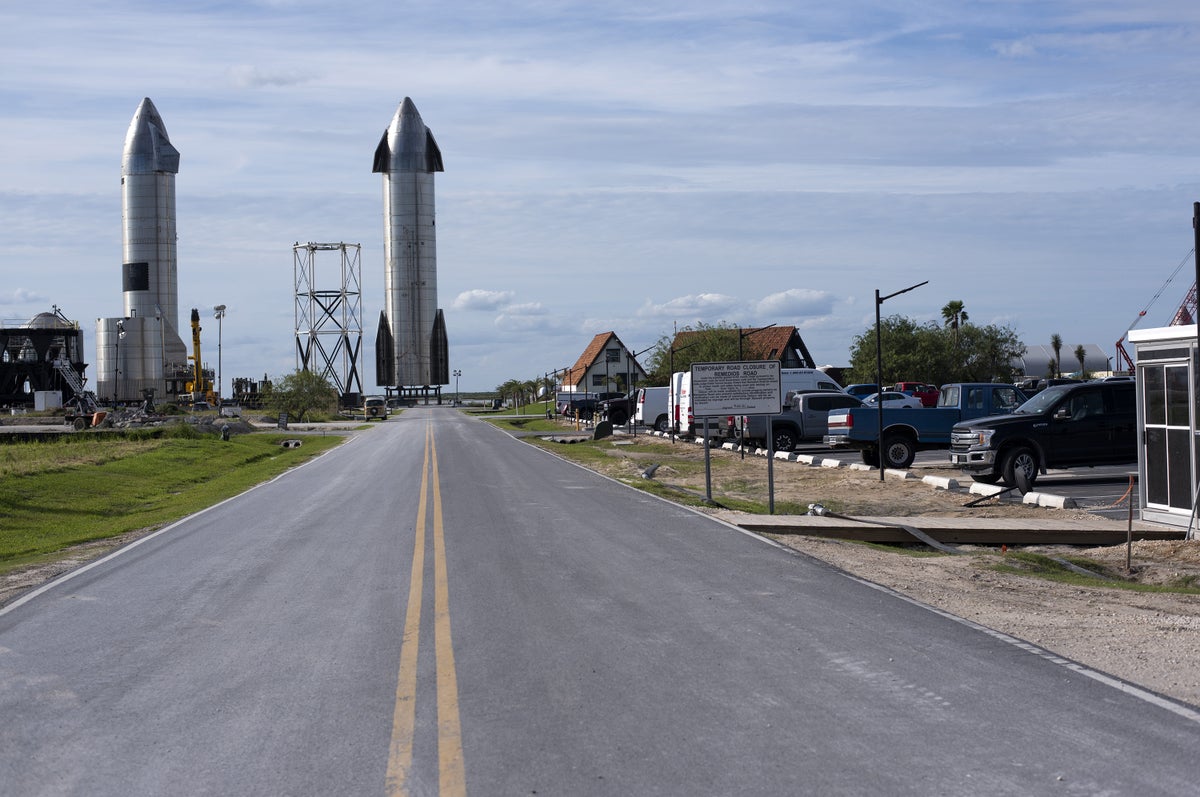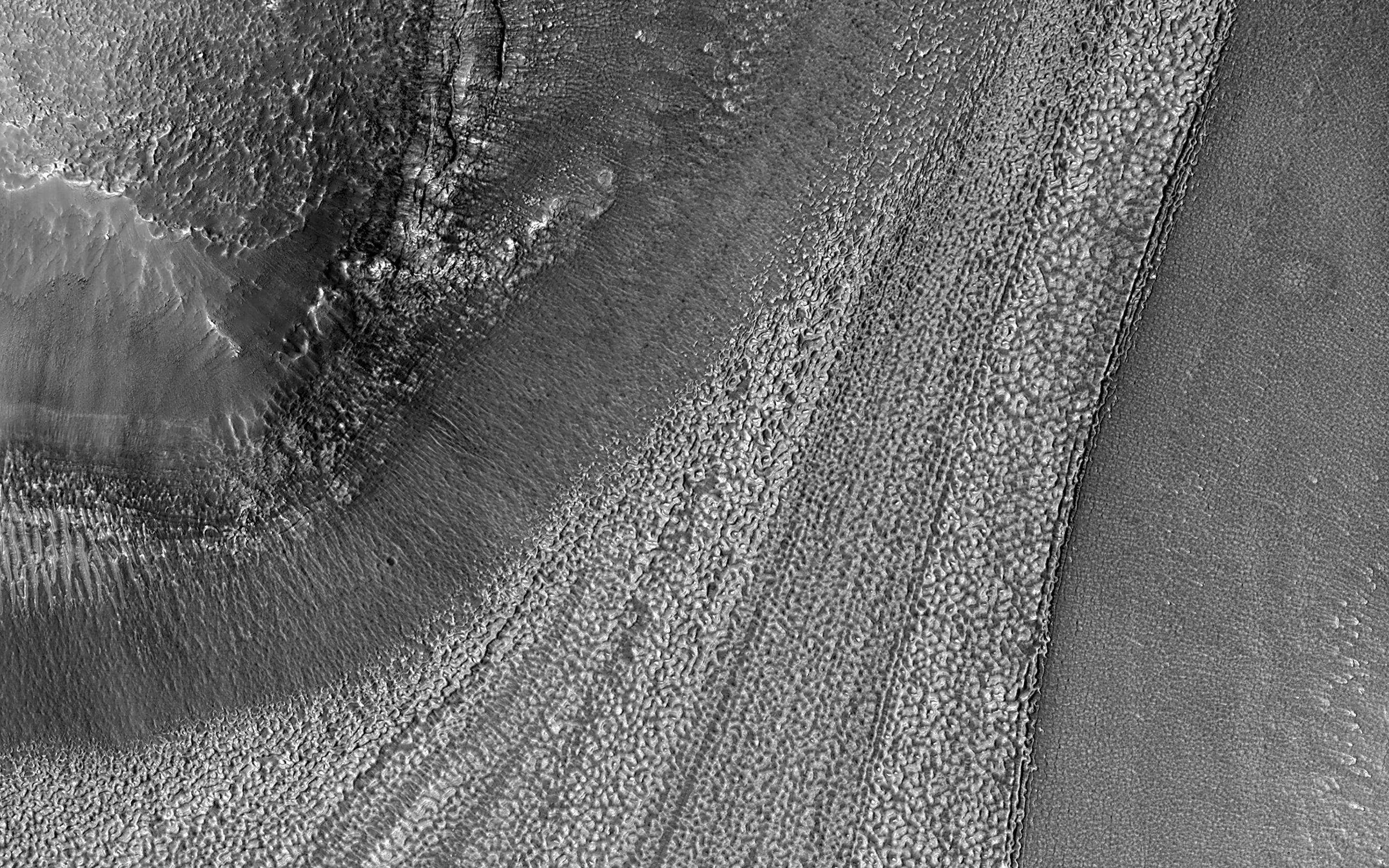Festive Northern Lights
The aurora borealis adds a bit of flair to our home planet in this image taken from the International Space Station on Sept. 15, 2017. This phenomenon happens because the Sun bathes Earth in a steady stream of energetic particles, magnetic fields and radiation that can stimulate our atmosphere and light up the night sky. […]
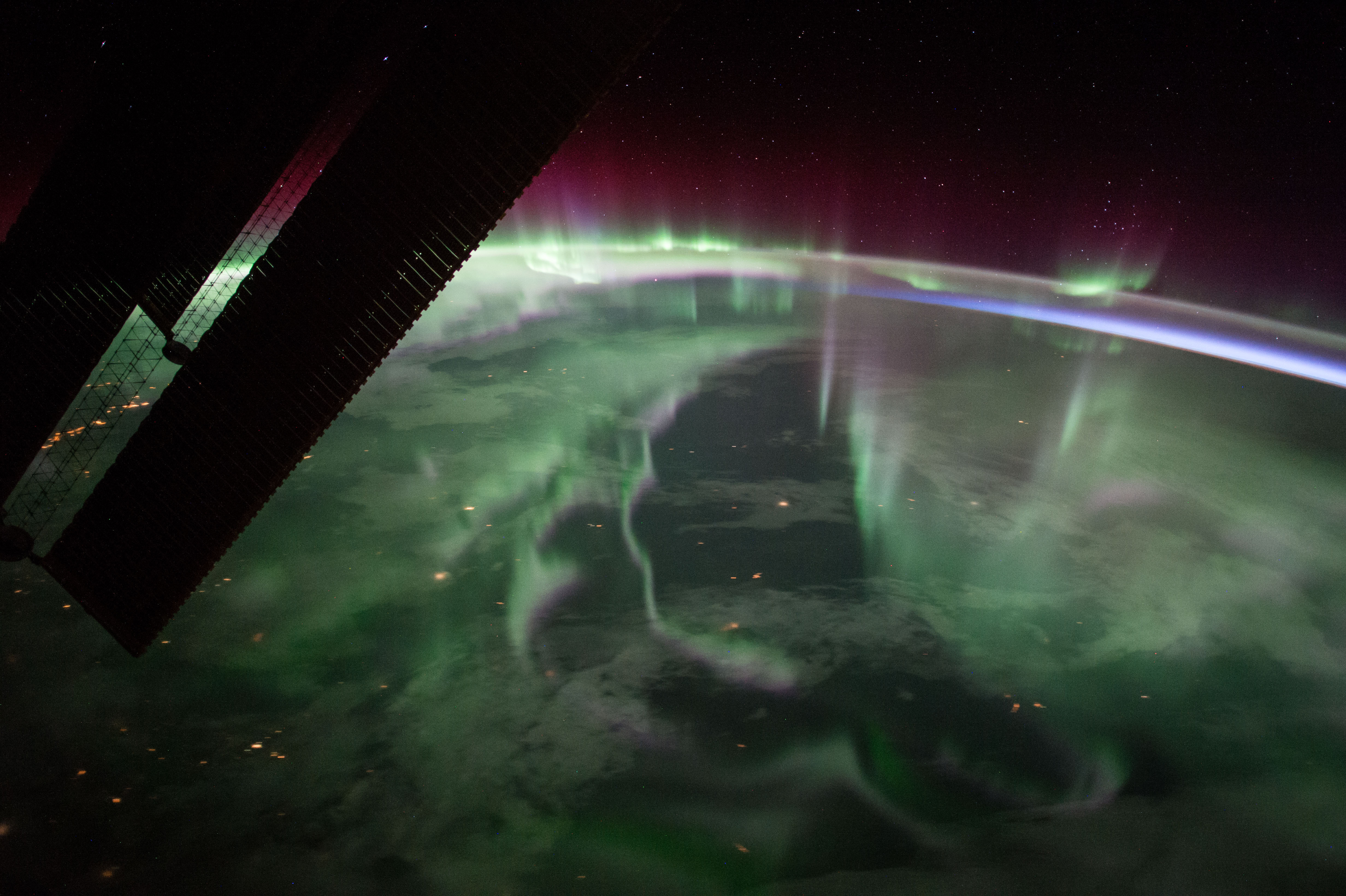
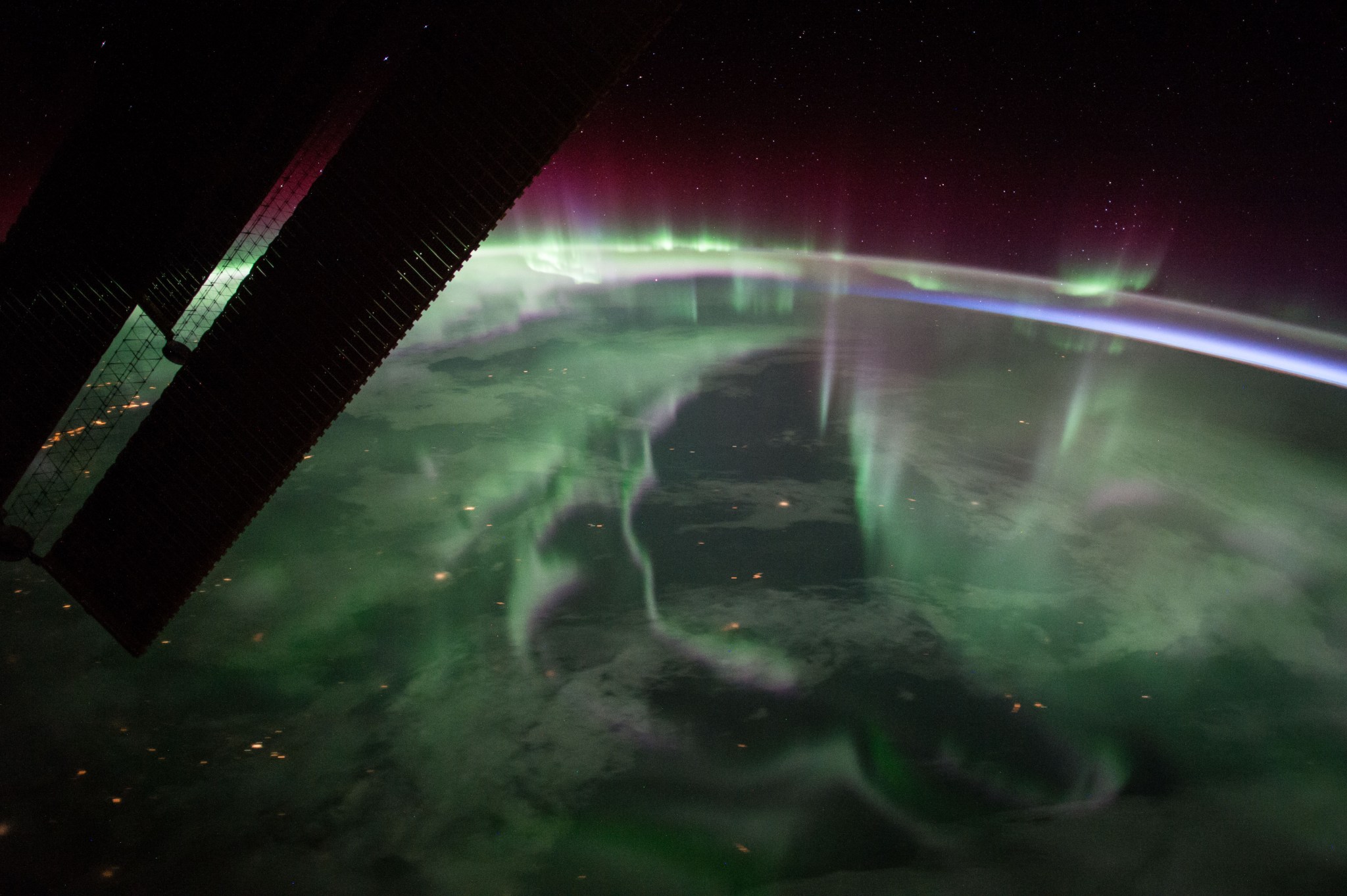
The aurora borealis adds a bit of flair to our home planet in this image taken from the International Space Station on Sept. 15, 2017. This phenomenon happens because the Sun bathes Earth in a steady stream of energetic particles, magnetic fields and radiation that can stimulate our atmosphere and light up the night sky. When this happens in the Southern Hemisphere, it is called aurora australis.
See how you can help track auroras around the world with the Aurorasaurus project. All you need is a cell phone or laptop.
Image Credit: NASA
What's Your Reaction?


















